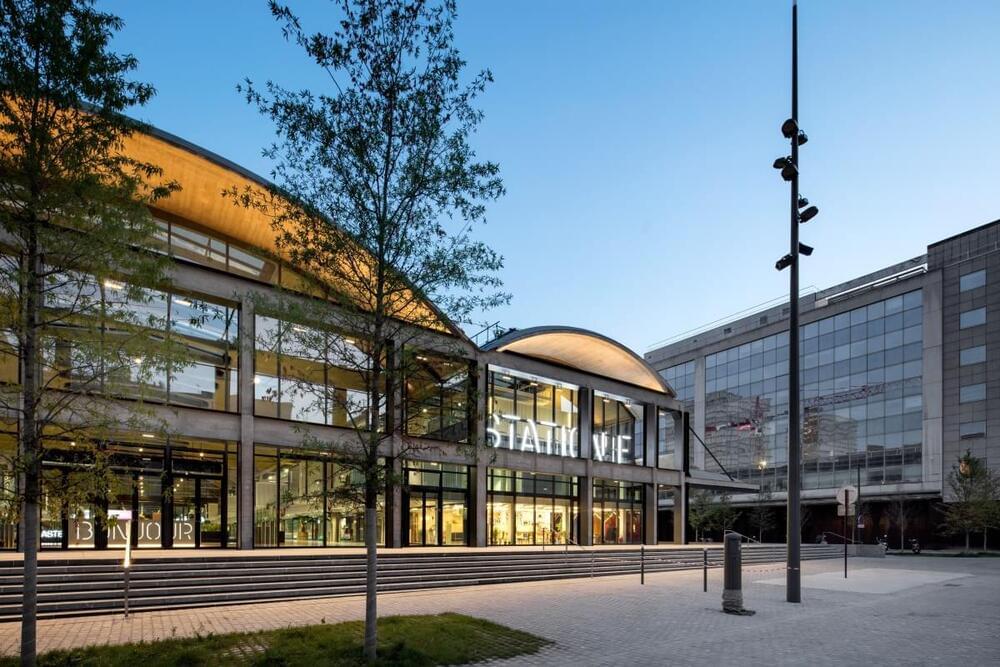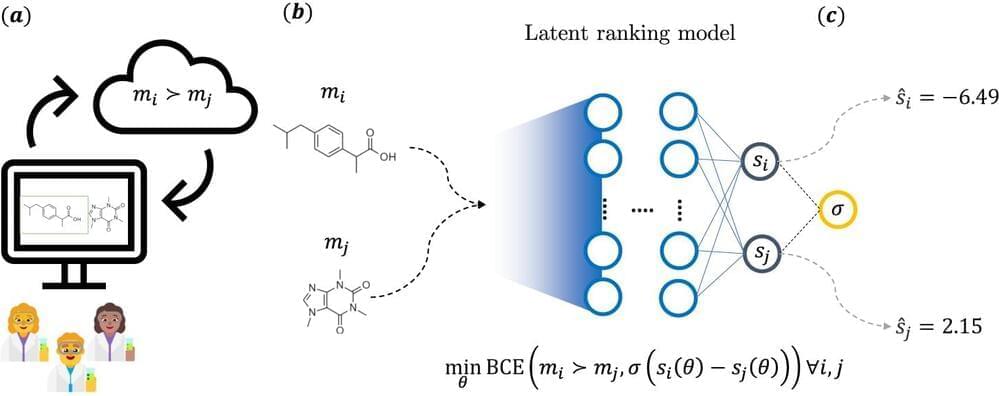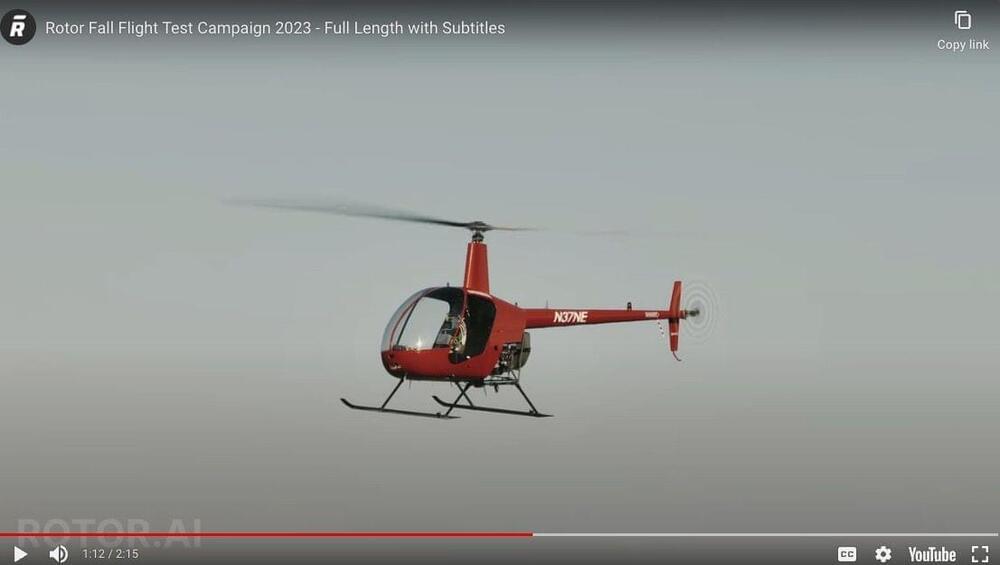Elon Musk called out Sam Altman on the heels of his latest challenger.



VentureBeat presents: AI Unleashed — An exclusive executive event for enterprise data leaders. Hear from top industry leaders on Nov 15. Reserve your free pass
MIT scientists have developed a deep learning system, Air-Guardian, designed to work in tandem with airplane pilots to enhance flight safety. This artificial intelligence (AI) copilot can detect when a human pilot overlooks a critical situation and intervene to prevent potential incidents.
The backbone of Air-Guardian is a novel deep learning system known as Liquid Neural Networks (LNN), developed by the MIT Computer Science and Artificial Intelligence Lab (CSAIL). LNNs have already demonstrated their effectiveness in various fields. Their potential impact is significant, particularly in areas that require compute-efficient and explainable AI systems, where they might be a viable alternative to current popular deep learning models.


AI startup Hugging Face offers a wide range of data science hosting and development tools, including a GitHub-like portal for AI code repositories, models and datasets, as well as web dashboards to demo AI-powered applications.
But some of Hugging Face’s most impressive — and capable — tools these days come from a two-person team that was formed just in January.
H4, as it’s called — “H4” being short for “helpful, honest, harmless and huggy” — aims to develop tools and “recipes” to enable the AI community to build AI-powered chatbots along the lines of ChatGPT. ChatGPT’s release was the catalyst for H4’s formation, in fact, according to Lewis Tunstall, a machine learning engineer at Hugging Face and one of H4’s two members.


Meta has joined forces with Hugging Face, an open source community-driven platform that hosts machine learning models and tools, and Scaleway, European cloud leader for AI infrastructures, to launch the “AI Startup Program”, an initiative aimed to accelerate the adoption of open-source artificial intelligence solutions within the French entrepreneurial ecosystem. With the proliferation of foundation models and generative artificial intelligence models, the aim is to bring the economic and technological benefits of open, state-of-the-art models to the French ecosystem.
Located at STATION F in Paris, the world’s largest startup campus, and with the support of the HEC incubator, the programme will support 5 startups in the acceleration phase, from January to June 2024. A panel of experts from Meta, Hugging Face and Scaleway will select projects based on open foundation models and/or demonstrating their willingness to integrate these models into their products and services.
The startups selected will benefit from technical mentoring by researchers, engineers and PhD students from FAIR, Meta’s artificial intelligence research laboratory, access to Hugging Face’s platform and tools, and Scaleway’s computing power in order to develop their services based on open source AI technology bricks. In addition to LLMs – large language models – startups will also be able to draw on foundation and research models in the field of image and sound processing. Applications are open until 1 December 2023.

Agi, if you can see or hear this. WE Eagerly Await and Welcome Your Arrival!!!
Update from November 9, 2023:
During a Q&A session at OpenAI’s developer conference, Altman reiterated that GPT-5 is not yet concrete. OpenAI still has “a lot” of things to figure out before it can train a model it calls GPT-5, Altman said.
There is no guarantee that it will work, and OpenAI still needs to solve difficult scientific problems and needs more computing power, he said.
Boston Dynamics Starting from the technological building blocks of Atlas, Stretch has the mobility, power, and intelligence to automate warehousing’s toughest tasks. See how we went from initial idea to a product delivering value in the real world.

A combined team of biomedical researchers from Novartis Institutes for Biomedical Research and Microsoft Research AI4Science has made inroads into teaching AI systems how to find new medicines. In their study, reported in the journal Nature Communications, the group used feedback from chemists in the field to provide intuition guidelines for an AI model.
Finding new medicines is a notoriously difficult and laborious task. The process for finding new therapies typically involves experts in a variety of fields working on different parts of the problem. Doctors and other medical researchers, for example, must first uncover the roots of a given illness to find its cause. Chemists or other medical researchers must then find a chemical that might reverse the problem or stop it from happening in the first place.
Both parts of the process take time and effort. In this new project, the research team sought to determine whether AI applications might make the second part easier.
